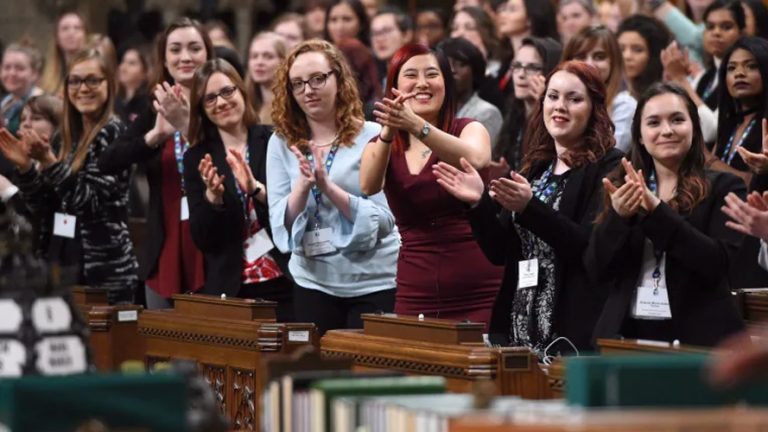Provide opportunities to strengthen women’s participation and representation in political parties
Political parties are consistently identified as responsible for women’s under-representation, given their role as the main ‘gatekeepers’ to elective positions of power and decision-making at all levels in most countries. This is because intraparty democracy has a significant bearing on women’s participation and representation in political parties and their ability to access positions and spaces of power and decision-making. This applies to positions within parties, as well as all elected political positions at the national or local government levels.
The dominant masculine model of the exercise of power in political life and within political parties builds on traditional attitudes that marginalize women. The model creates ‘roadblocks’ at various levels, which prevent women’s participation and representation in political parties and from taking part in public decision-making in any shape. In addition, the media’s portrayal of women in politics reinforces gender-based stereotypes, which makes it particularly difficult to reconcile women’s active engagement in politics with their domestic roles and responsibilities.
Establish Proportional Representation Electoral Systems:
Proportional representation systems feature greater women’s participation and representation in political parties than the plurality/majority system. In a proportional representation system, the electoral system is designed such that the overall votes for a party corresponds to the proportion of seats in parliament. That is, a party that wins thirty percent of the vote will get approximately thirty percent of the seats in parliament. In plurality/majority (also known as winner-take-all), the candidate or party with the most votes is the electoral winner.
Proportional representation systems not only afford more opportunities for women participation, but ‘contagion’ is more likely to occur in a proportional representation system than plurality/majority systems. Contagion is the process by which parties adopt policies initiated by other political parties. In the women’s political participation context, once one party nominates women in prominent positions, parties in proportional representation systems will be “much quicker to adopt this policy.”
Thus, according to the International Institute for Democracy and Electoral Assistance, “changing a country’s electoral system often represents a far more realistic goal to work towards than dramatically changing the culture’s view of women.
Political party constitutions and policy documents:
The institutionalization of gender equality objectives and strategies in politics and political parties is a vital step towards attaining equality between women and men in public life and decision-making—by establishing the environments needed for meaningful and influential participation and representation of women. As one of the many factors influencing levels of women’s participation and representation in politics and public leadership are political parties’ constitutions and policy documents that formalize and articulate the political parties’ positions with regards to gender equality in political leadership and decision-making.
The inclusion of gender equality and women’s participation and representation in political parties’ constitutions and policy documents also tends to be influenced by the existence of national legislation requiring political parties to have positive action measures. While the explicit commitments in political parties’ policy documents are considered an essential first step in acknowledging the existence of gender inequalities, the need for pragmatic, gender-responsive strategies to address these inequalities.
Here’s are some steps for increasing women’s participation and representation in political parties:
(a) Meetings at convenient and friendly places and at times when women can attend.
(b) Financial support for caring responsibilities or the provision of child care.
(c) Separate women’s wings or organizations within parties.
(d) Tackle sexist language and practices that reinforce the dominance of particular groups.
(e) Gender-sensitive training programs.
(f) Internal party quotas.
(g) Candidate preparation (training, mentoring, and support of women identified with potential and desire to run).
(h) Gender audits to generate gender action plans for political parties.
(i) Adopt a statement on gender equality in the party’s founding documents.
(j) Set targets for female participation in party conventions.
(k) Ensure women are allocated safe seats.
(l) Work with civil society organizations to oversee the implementation of quotas.
(m) Share experiences with other parties across countries and regions.
(n) Provide training to women candidates in such skills as fundraising, message development, media relations, and communicating with voters.
(o) Train and promote women in campaign leadership positions.






Add comment